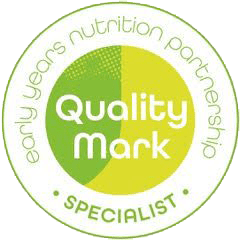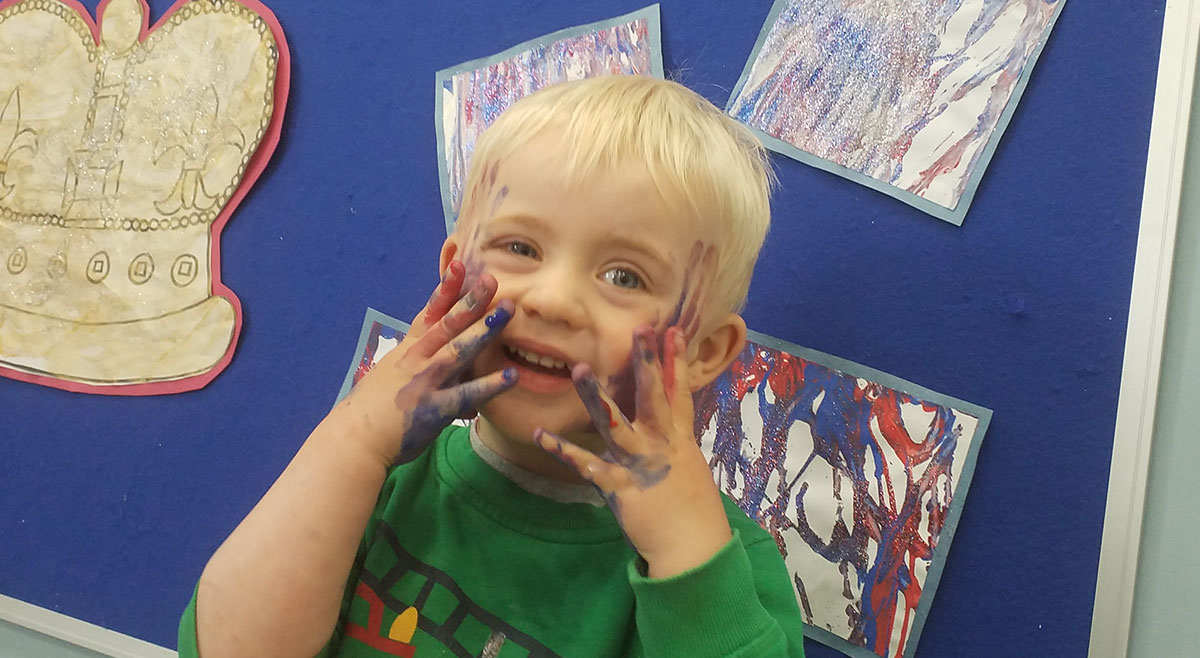We encourage messy play throughout the setting developing it in each room
Baby room
In the Baby Room, we use messy play to develop their exploration through different senses such as touch, taste or smell using both dry and wet sensory play we use baby-safe food elements such as oats or cornflour, water with large ice cubes or food colouring, feathers or leaves to develop the sensory feeling of touch through the texture of natural elements
Toddler Room
In the Toddler Room, we use the sensory play element to develop mark making as well as scooping, filling and emptying using a large variety of materials such as cornflour which can be scooped across the tray using spoons or their hands to explore, mark making using paintbrushes with coloured salt and flour along with cars to drive through to encourage the making of tracks, shaving foam with animals or moon sand which the children will use cups to scoop it up.
Pre-school
The Pre-School, we develop our skills through a range of messy play activities such as Gelli baff ( messy goo ), water with sequins in and both wet or dry sand as well as kinetic sand to make mouldable objects as well as participating in the making of play dough or cloud dough to which they will then use rolling pins cutters or ice cube trays to develop counting as they do this.
Throughout the setting messy play is used to develop different aspects of the EYFS such as physical development ( scooping, sensory exploration ), communication ( discussion of texture, colours ) Literacy ( marks they make ), maths( how many objects, shapes they make or see ) and personal social development ( sharing ).










